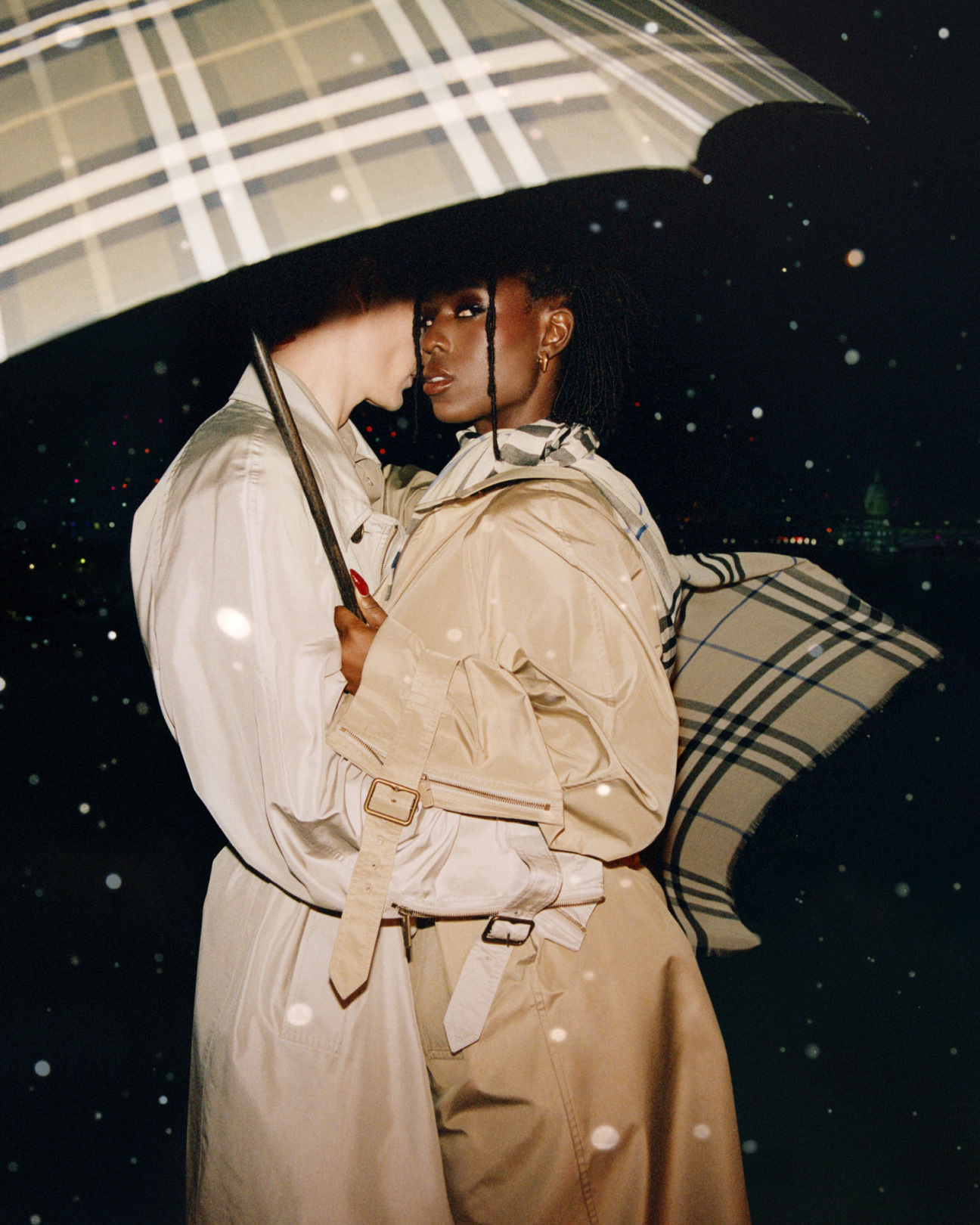
Whenever I wear my Burberry trench, I am showered with compliments. People love the poshness of it. The trench is the sleek antidote to any hangover or sartorial mess. An instant upper. A mainlining of heritage. After all, you can throw the roomy piece over anything. I don it over whatever slapdash slop I wear, and promptly transform into some clay-bird-shooting dame happily marooned in the Cotswolds. I wear my dark green trench in two different ways: undone and open in a deliciously louche, just-railed 9½ Weeks style, or knotted at the waist to give the body a tony feminine curve, a tie-it-together elevation.
Thomas Burberry, who founded the house in 1856, knew his way around weatherproof pieces. He made outerwear out of gabardine, a waterproof fabric woven so tightly that nary a droplet can permeate. Sure, waterproof pieces existed before, but the beauty of Burberry’s gabardine was that it allowed ventilation. He patented it in 1888.
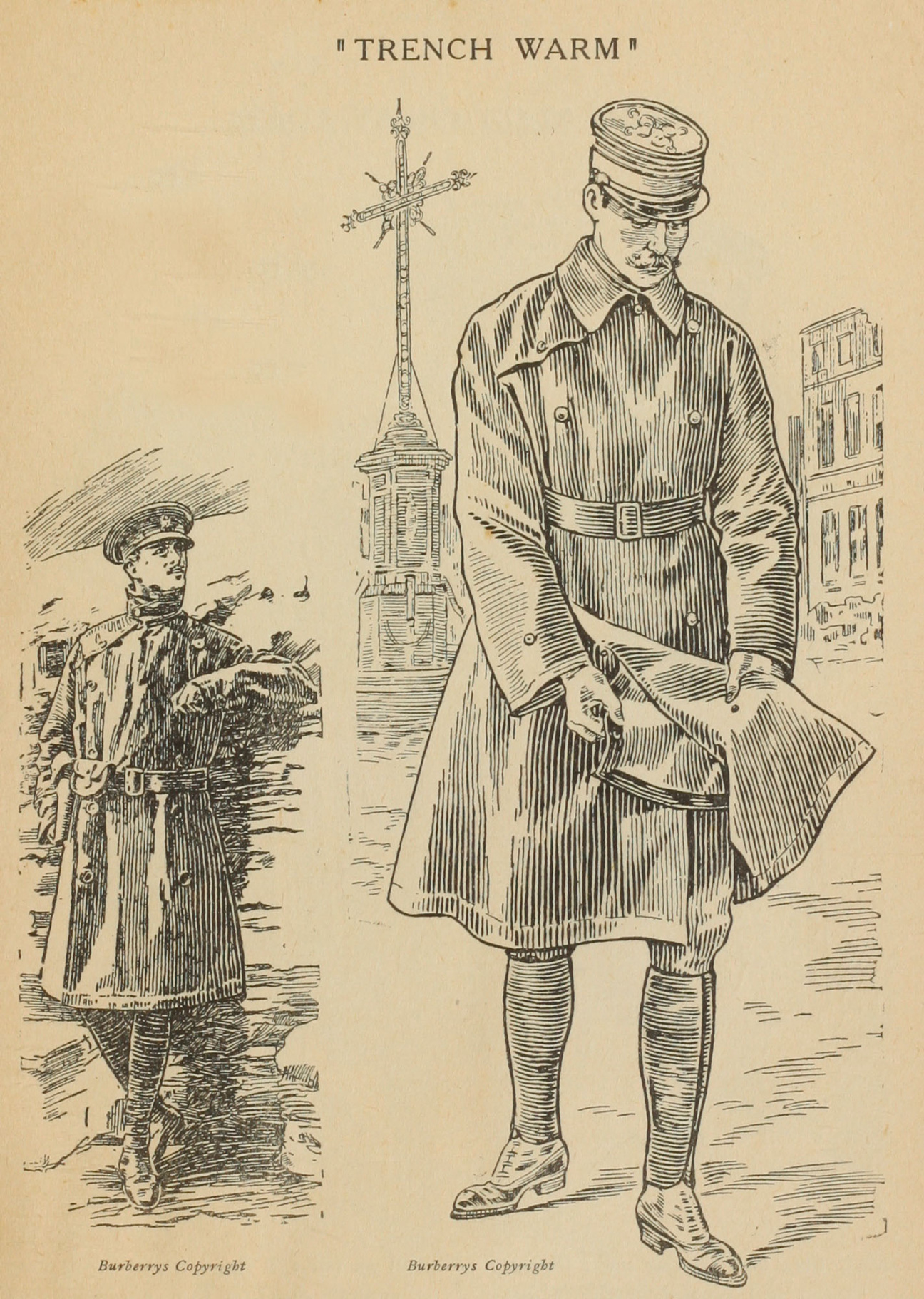
Explorers and adventurers wore Burberry’s outerwear while floating across countries in hot air balloons or traversing Antarctica. Later, Burberry transformed his pieces into something not only waterproof but also warproof: He created coats for soldiers in WWI, complete with epaulets and D-rings and extra-large pockets for maps. This, as the name implies, is considered the origin of the classic Burberry trench coat, born in the literal trenches.
A 1923 advertisement makes the Burberry trench—the company was then named Burberrys—seem like the Holy Grail of outerwear. “When rain, drizzle or mist make an ordinary Overcoat feel like a wet blanket,” the tagline read. In the fashion house's most recent campaign—starring the likes of Kate Winslet, Naomi Campbell, and Nicholas Hoult in an overcast London—a new tagline notes that "It's Always Burberry Weather."
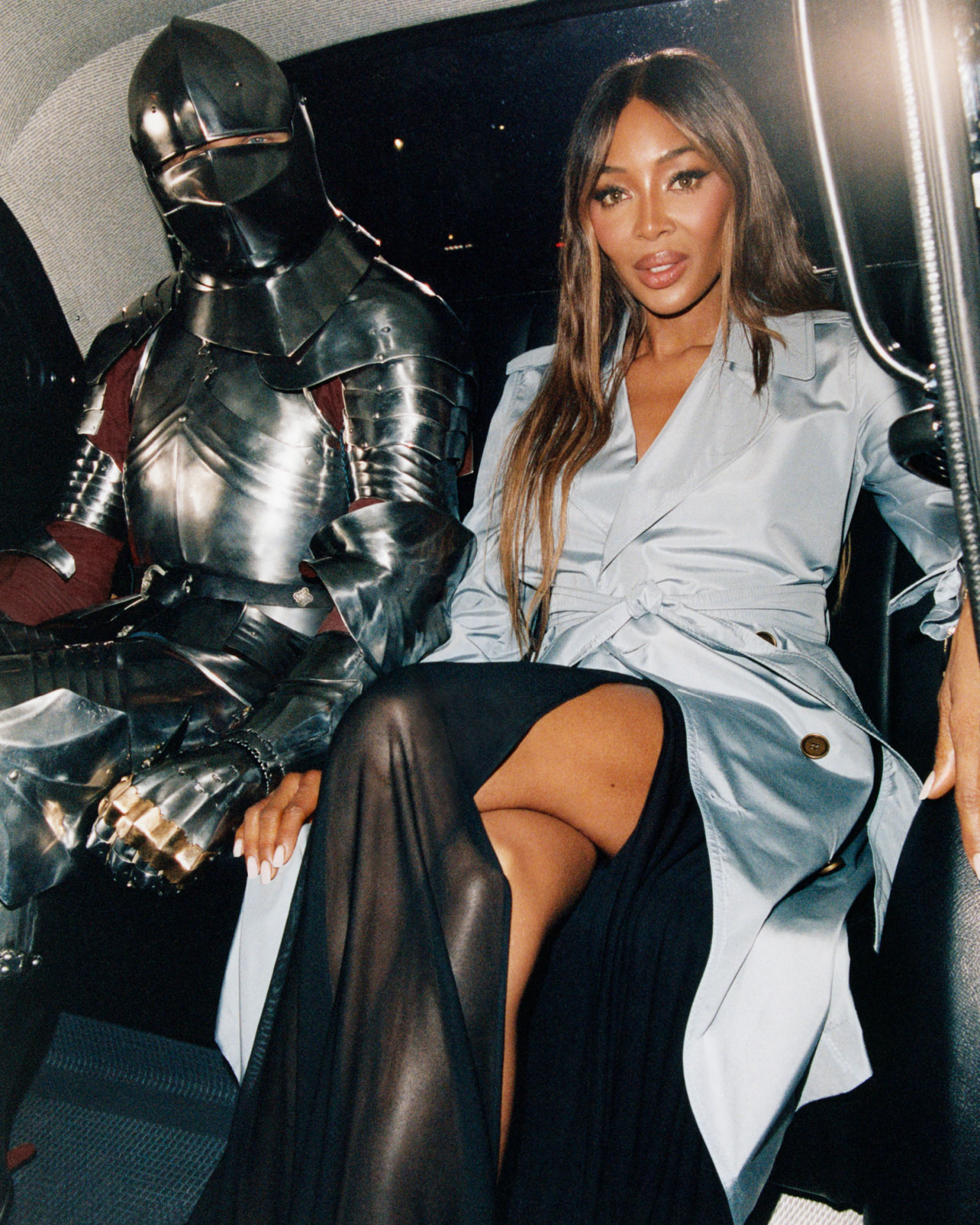
The trench coat is as fashionable as it is useful. Browsing through Vogues of yesteryear, I spotted a post-date-night Christy Turlington in an Arthur Elgort–shot editorial from 1998. In the image, Turlington saunters up the steps at Via Rodeo in Beverly Hills wearing a skimpy cream shift dress with a Burberry trench thrown over her shoulders like an engulfing shawl, her arms peeking out from under while she totes a dainty lady bag. Another image from 1986, in a tiny margin insert, shows a model in slacks and a trench with an umbrella under her arm and the caption “best weather/travel insurance.”
In an era of fast fashion and ever-churning trends, this coat is not an obnoxious It bag that will fade from the sartorial conversation next season, nor is it a pair of pants we risk growing out of. The Burberry trench is a perpetual classic because it is indispensable.
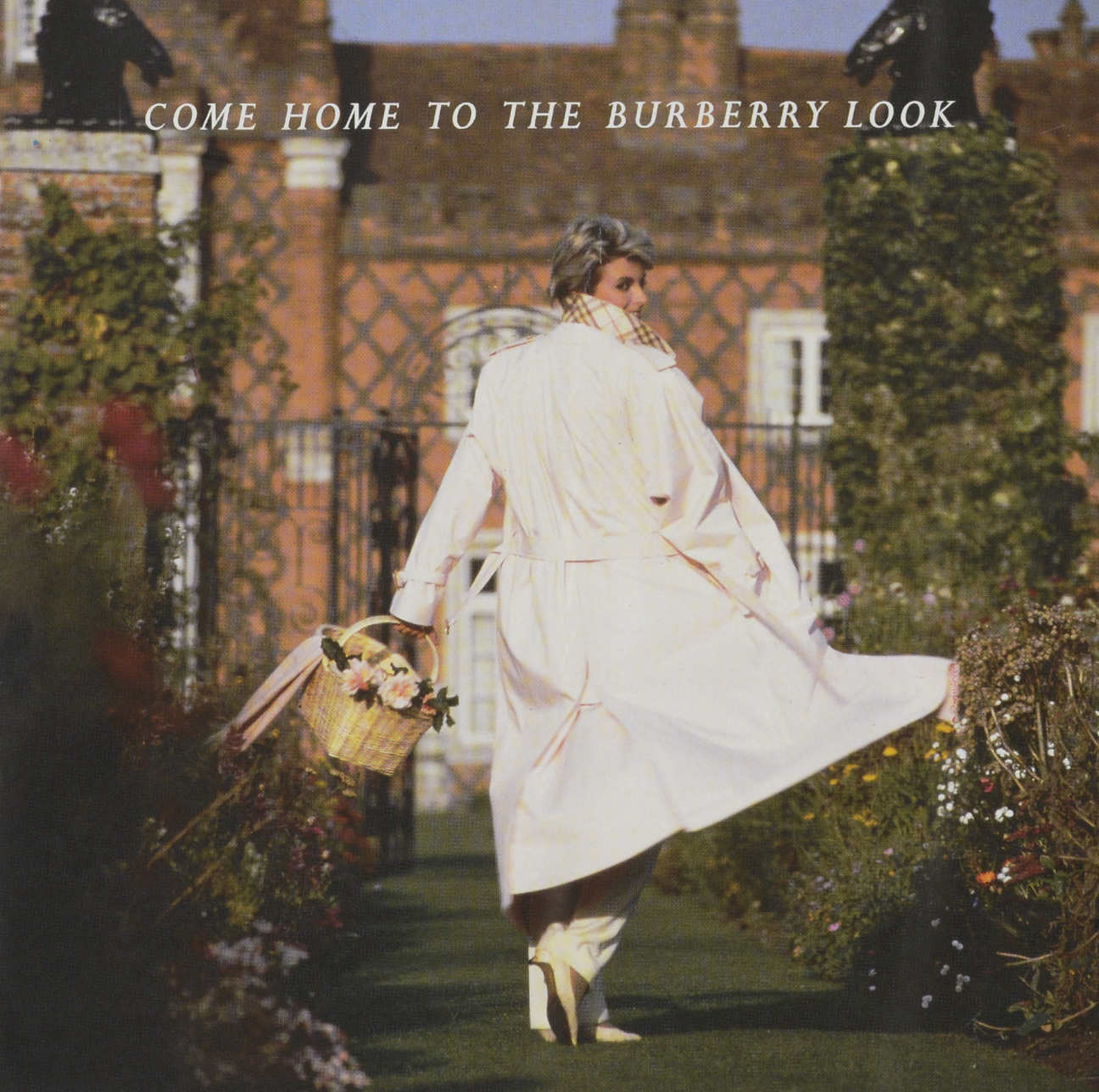
Today, it’s propagated into many silhouettes. Some are snappy and short, skimming the top of the hips. Of course, there is the standard, fail-safe ankle length. The color scheme is a muted rainbow of neutrals: verdant, rich countryside green; blue so deep it’s almost black; and beloved warm honey. I prefer the nontraditional dark green version, officially titled the “Long Cotton Blend Trench Coat” in “Military.” I leave the epaulets undone and the collar flipped up for a peekaboo of that prim house-check lining.
Pro tip: No matter how you wear it, never buckle the belt through the loops, but tie it so the straps delightfully fall at the sides of the body. Whether you’re model Kate Moss or explorer Sir Ernest Shackleton, that’s the Burberry-approved look.
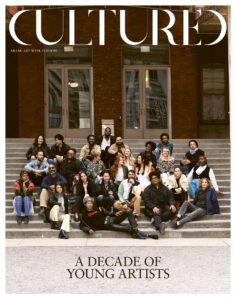
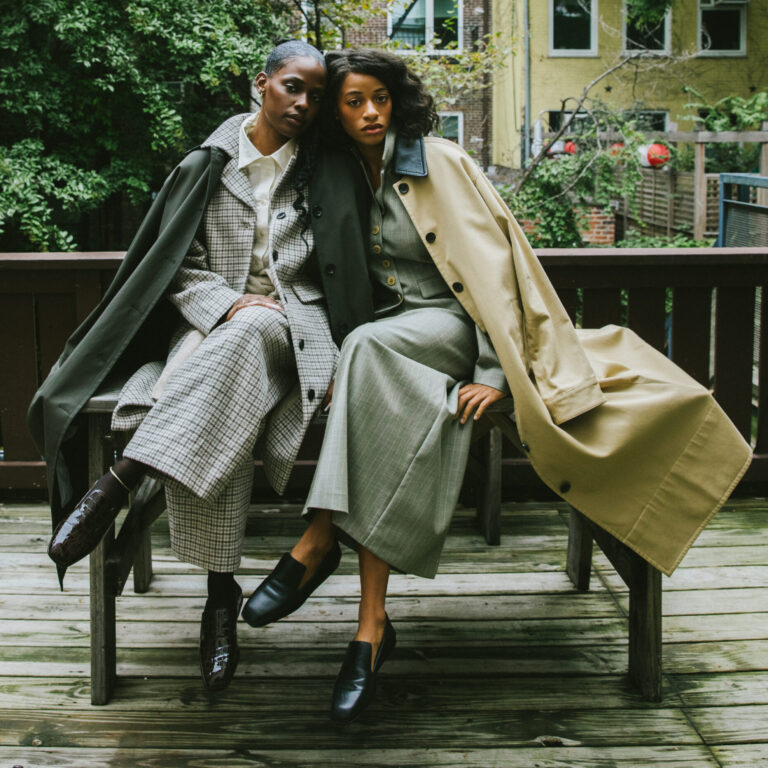
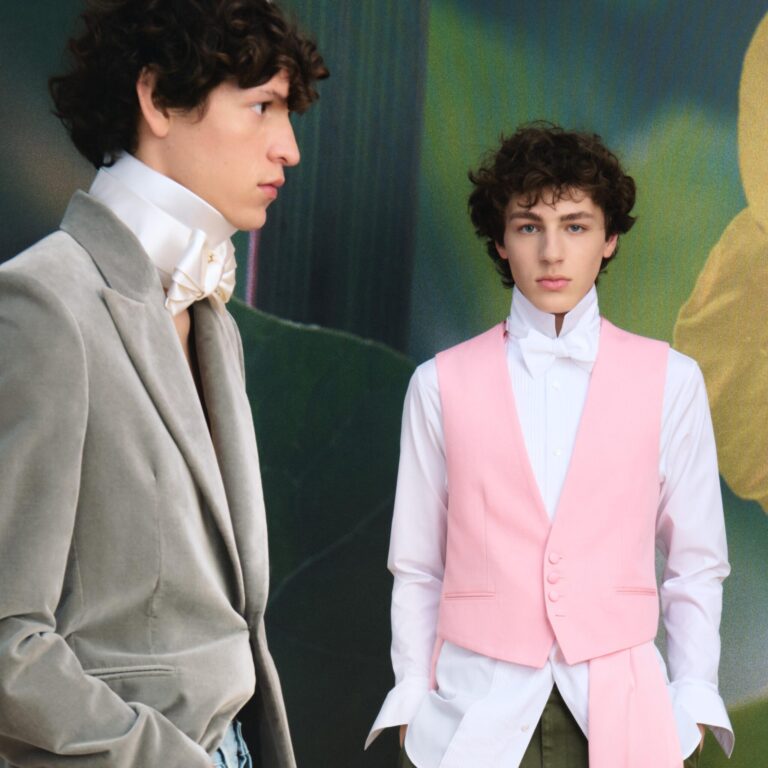

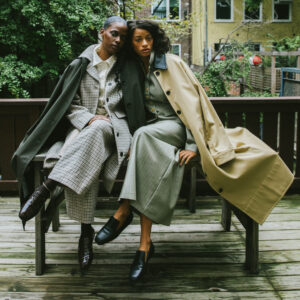
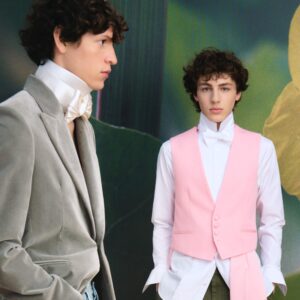


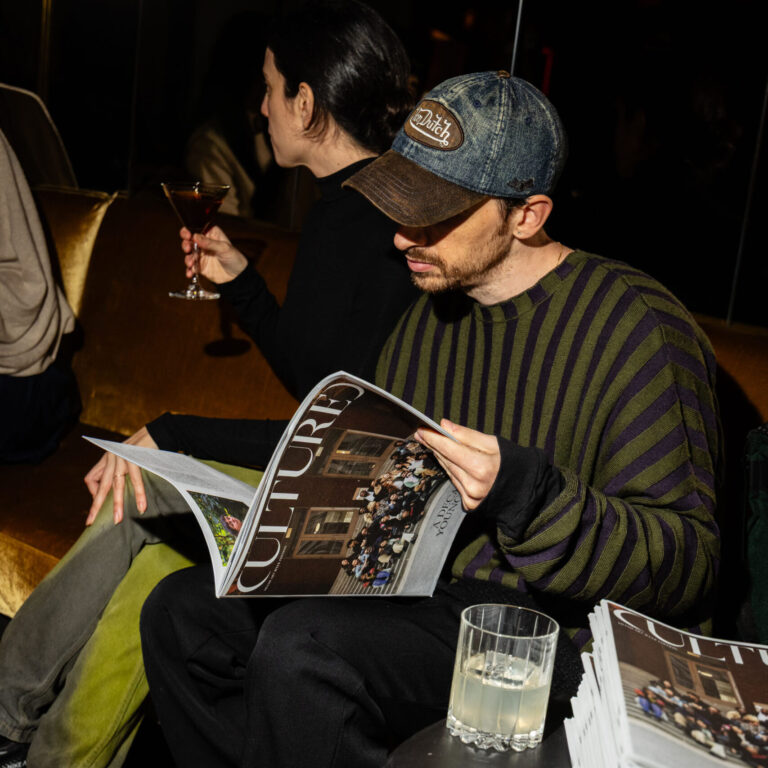

 in your life?
in your life?

